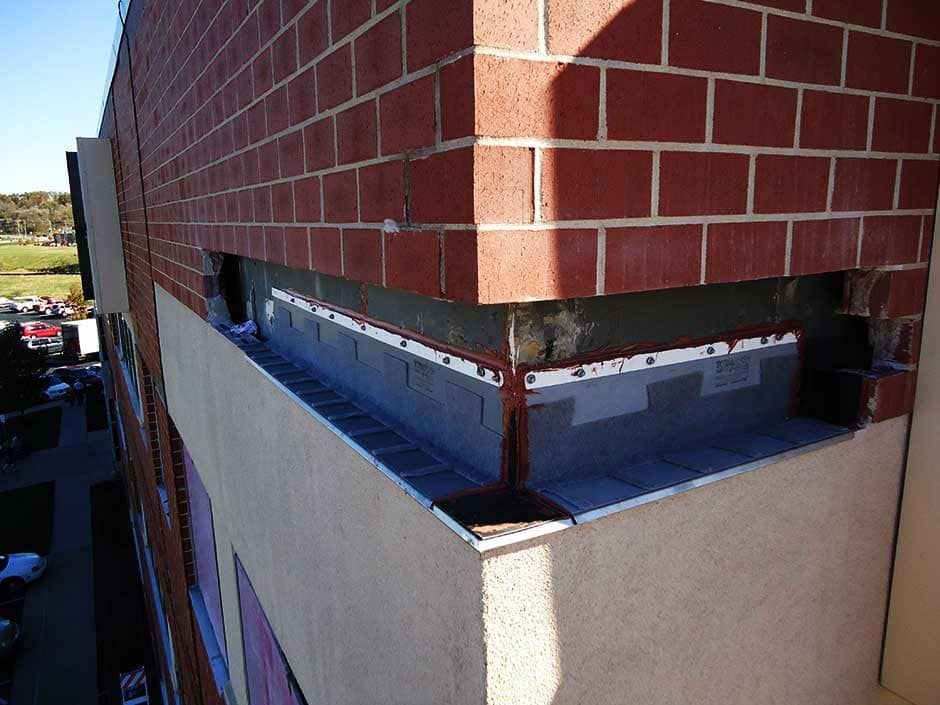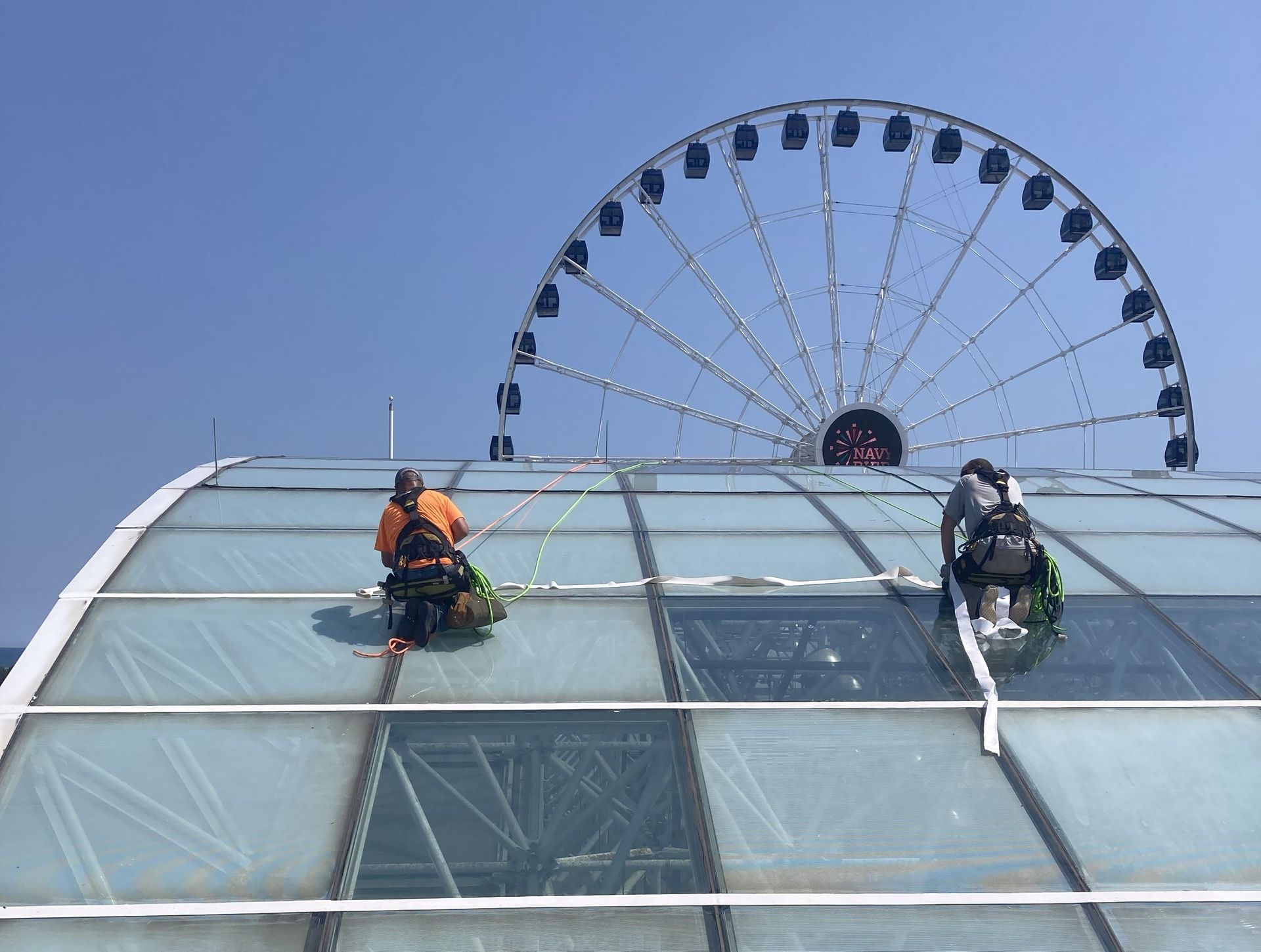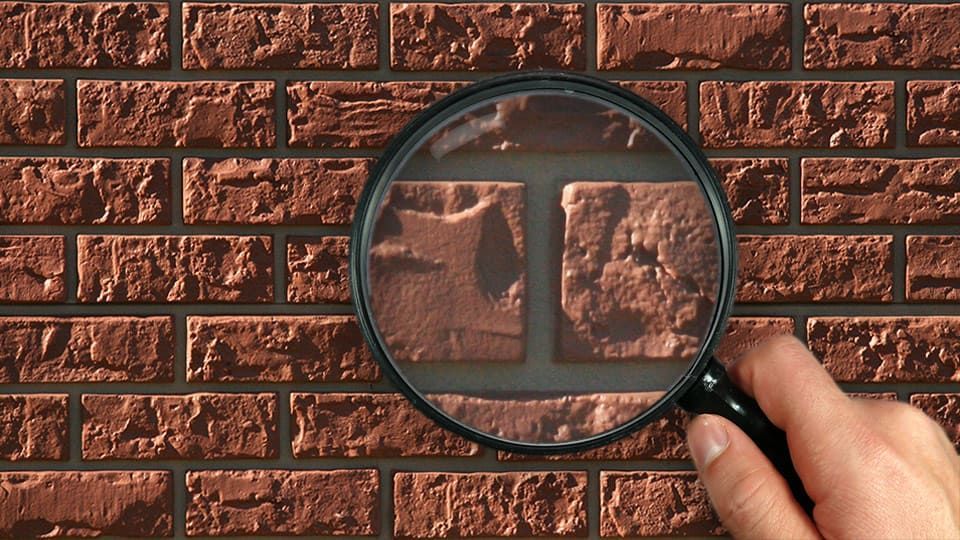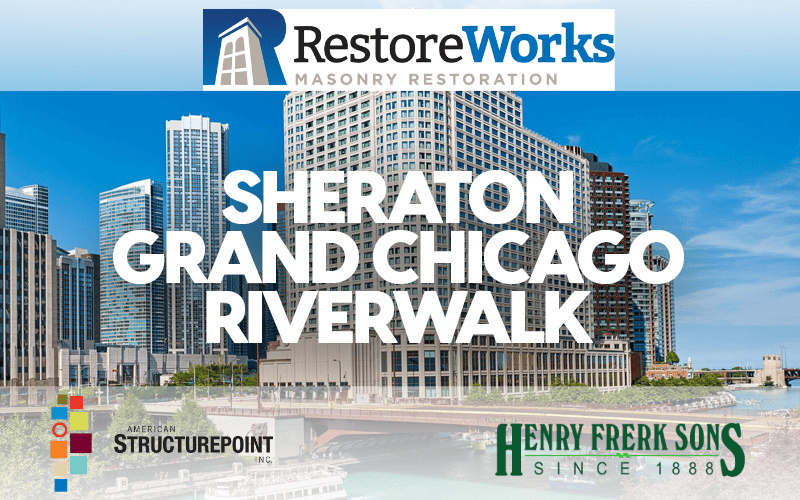Masonry structures are built to last, but even the strongest facades can fail prematurely if moisture management isn’t handled correctly. One of the most critical (yet often overlooked) components of a well-constructed masonry system is flashing. When designed and installed properly, flashing prevents water infiltration, reducing the risk of spalling, efflorescence, and structural deterioration.
If you're a property manager, facility manager, project manager, structural engineer, or architect, understanding how flashing impacts masonry longevity can help you avoid costly repairs down the road.
What Is Masonry Flashing and Why Does It Matter?
Flashing is a moisture-control barrier installed within masonry walls to direct water out and away from the building. It works in tandem with weep holes to prevent trapped moisture from wreaking havoc on brick, mortar, and supporting structural components.
Without proper flashing, buildings are vulnerable to:
- Water infiltration leading to masonry deterioration
- Spalled brick due to freeze-thaw cycles
- Compromised structural integrity from prolonged moisture exposure
- Mold and mildew growth inside wall cavities
- Corrosion of steel lintels and shelf angles, weakening load-bearing component
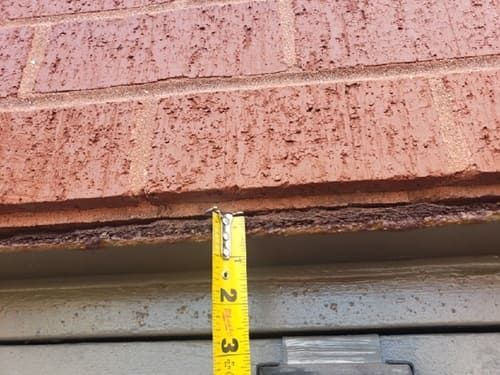
Key Areas Where Flashing is Important
Flashing should be installed in locations where moisture is most likely to accumulate, including:
- Above windows, doors, and other openings
- At the base of walls to direct water away from foundations
- Over steel lintels and shelf angles to protect against rust-induced expansion
- At roof intersections and parapets where water runoff is concentrated
- Within cavity walls to prevent moisture buildup behind masonry units
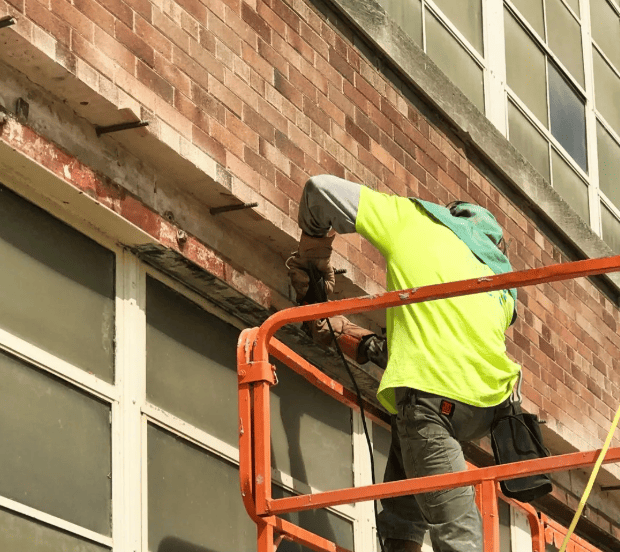
Common Signs of Flashing Failure
Flashing isn’t always visible, making failures difficult to detect until damage is extensive. Here are some warning signs that flashing may not be functioning properly:
- Efflorescence (white deposits on brick surfaces) – Indicates excessive moisture movement through the masonry system.
- Spalling bricks – Surface deterioration caused by repeated freeze-thaw cycles due to trapped water.
- Interior water stains – Water penetration inside a building suggests flashing is either missing or failing.
- Deteriorated mortar joints – Compromised mortar accelerates moisture-related damage.
- Rusting or displacement of steel lintels – Signals long-term water exposure.
Improper Flashing Leads to Expensive Repairs
Poorly designed or missing flashing often results in expensive masonry restoration projects. If left unaddressed, moisture-related failures can lead to full facade replacements or extensive tuckpointing work.
According to Building Design + Construction, 50% of building envelope failures are related to moisture problems, highlighting why proactive flashing maintenance is important.
Best Practices for Installing and Maintaining Masonry Flashing
To maximize the lifespan of your masonry facade, flashing must be:
- Made from durable materials – Stainless steel, copper, or high-performance flexible membranes provide long-term moisture resistance.
- Properly integrated with weep holes – Ensuring effective water drainage prevents buildup behind walls.
- Sealed at all joints and terminations – Reduces risk of water infiltration at connection points.
- Regularly inspected – Identifying and addressing early signs of flashing failure prevents larger structural issues.
- Installed by professionals – Poor installation negates the benefits of even the best materials.
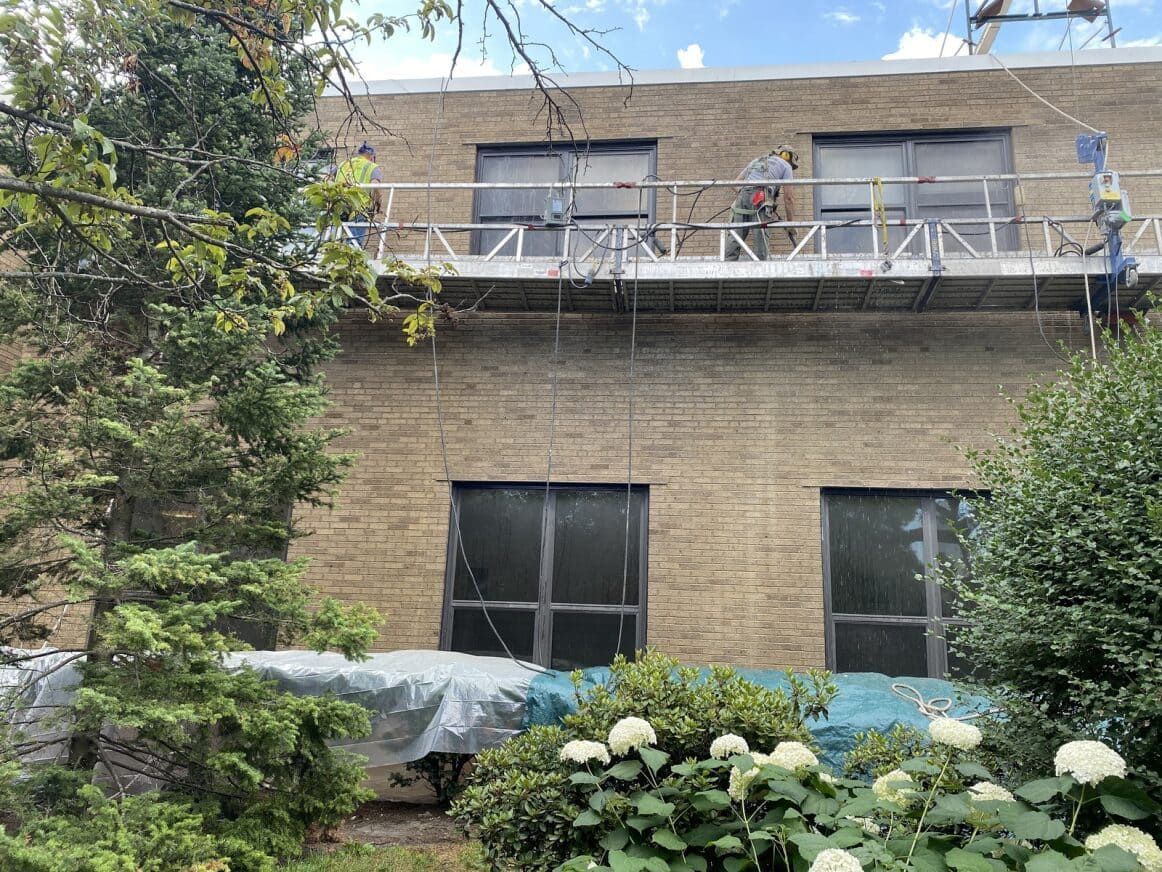
How RestoreWorks Can Help
If you suspect flashing failure in your building, RestoreWorks specializes in commercial masonry restoration in Chicago, providing expert assessments and solutions. From commercial concrete facade restoration services to masonry lintel repair, our team guarantees proper moisture management for long-lasting masonry.
Don’t Wait Until Damage Escalates. Schedule an Inspection Today
Protect your building from water infiltration and costly structural damage. Contact RestoreWorks today for a professional masonry inspection and customized restoration plan.

